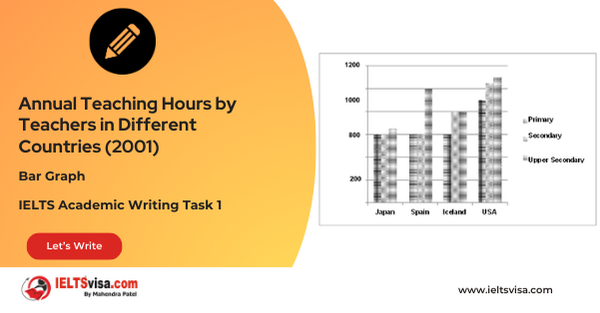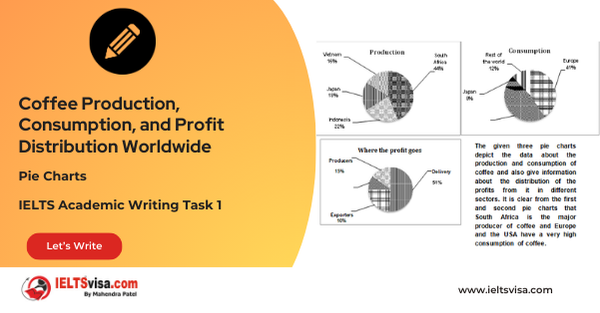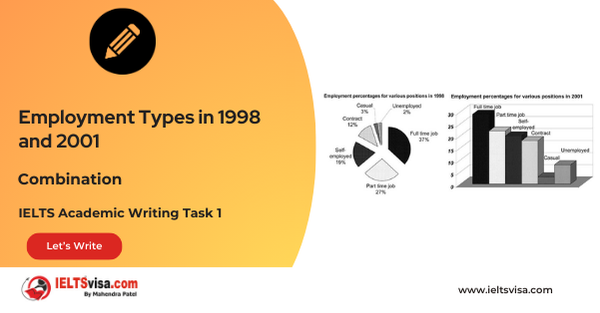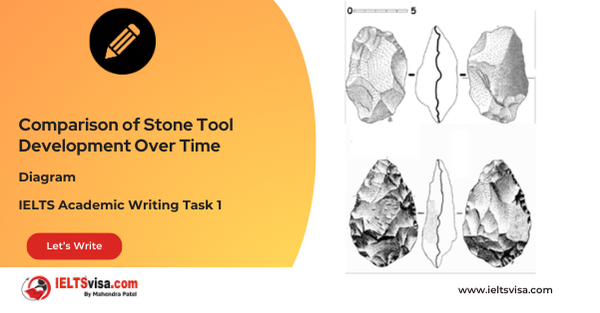Process of Making Soft Cheese
IELTS Academic Writing Task 1 - Process Chart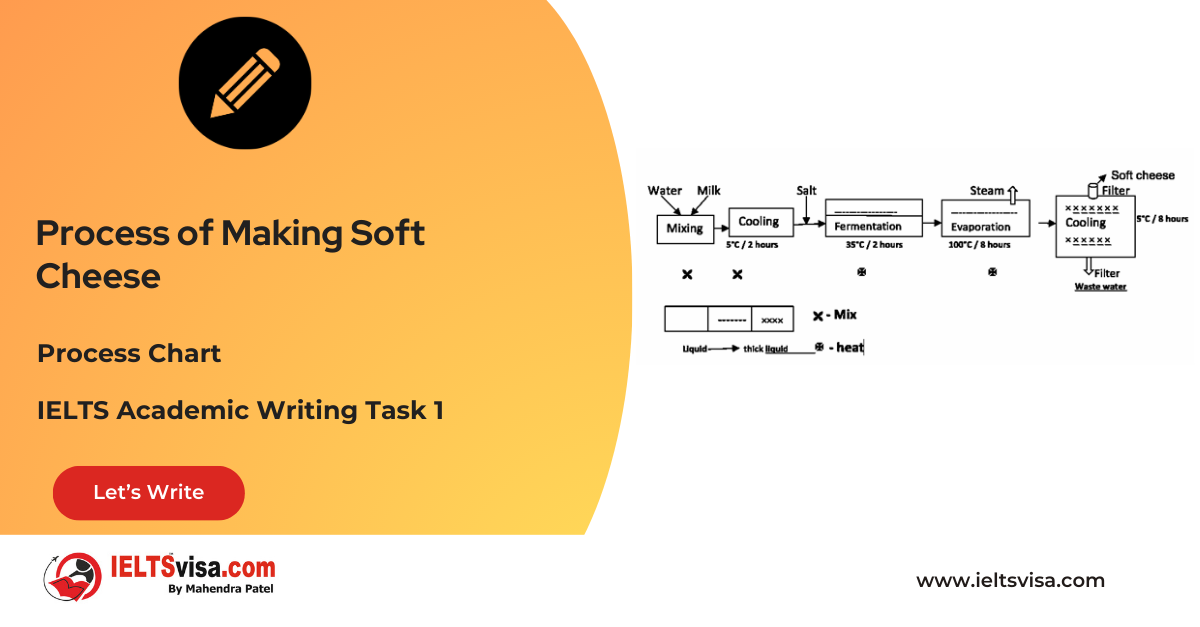
IELTS Writing Task 1 Question
The diagram below shows the process of making soft cheese.
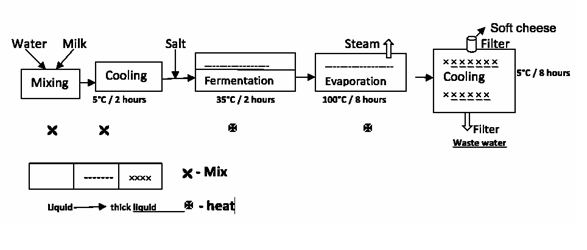
Common Questions for the Soft Cheese Production Diagram
1. Graph Types: Process diagram
2. Title: Process of Making Soft Cheese
3. What are the units of measurement?: Temperature (°C), time (hours)
4. Who: Cheese producers or manufacturers
5. When: Not specified (general process)
6. Where: Not specified (general production context)
7. Topic: Cheese production process
Key Steps in the Cheese Production Process
1. Mixing Ingredients:
o Components: Water and milk
o Initial Action: Mixture is blended in a mixer.
2. Cooling:
o Temperature: 5°C
o Duration: 2 hours
3. Fermentation:
- Temperature: 35°C
- Duration: 2 hours
- Additional Step: Salt is added before fermentation.
4. Evaporation
- Temperature: 100°C
- Duration: 8 hours
- Process Note: Steam escapes through an outlet.
5. Final Cooling:
- Temperature: 5°C
- Duration: 8 hours
- End Result: Mixture thickens, and cheese is filtered out.
Overall Summary
The process of making soft cheese consists of five main steps: mixing water and milk, then cooling and fermentation. After the fermentation phase, where salt is added, the mixture undergoes evaporation at a high temperature. Finally, the mixture is cooled again to achieve a thick consistency, from which the soft cheese is filtered. This detailed process demonstrates the complexity of producing soft cheese, resulting in a delicious final product.
Sample Answer
The diagram illustrates the sequential process, which consists of five main stages, each crucial to achieving the desired consistency and flavour of the cheese.
Overall, producing soft cheese is a complex process with multiple steps that ultimately lead to a creamy and delicious cheese product.
Initially, water and milk are combined in a mixer. Following this, the mixture is cooled to a temperature of 5°C for a duration of 2 hours. This cooling step is essential before proceeding to fermentation. In the next stage, the cooled mixture undergoes fermentation at 35°C for another 2 hours, during which salt is added to enhance the flavour.
After fermentation, the mixture is subjected to evaporation at a high temperature of 100°C for 8 hours, during which steam escapes through an outlet, allowing for the concentration of the cheese mixture. The final cooling phase takes place at 5°C for 8 hours, resulting in a very thick consistency. At this stage, the mixture is filtered; water is removed
Top 26 Vocabularies
| Vocabulary (type) | Meaning | Synonyms | Examples |
| Production (noun) | The process of creating or manufacturing something | Manufacturing, fabrication | “The production of soft cheese involves several steps.” |
| Fermentation (noun) | The chemical process by which substances convert to alcohol or acid | Cultivation, brewing | “Fermentation occurs at 35°C for optimal results.” |
| Evaporation (noun) | The process of turning liquid into vapor | Vaporization, boiling | “The mixture undergoes evaporation at 100°C.” |
| Consistency (noun) | The degree of thickness or firmness of a substance | Thickness, texture | “The final product has a very soft consistency.” |
| Filtering (verb) | The process of removing impurities or unwanted substances | Straining, sifting | “The cheese is filtered out to achieve the desired texture.” |
| Sequential (adjective) | Following a logical order or sequence | Consecutive, ordered | “The process is sequential, involving five main stages.” |
| Mixer (noun) | A machine or device used for blending substances | Blender, agitator | “The milk and water are combined in a mixer.” |
| Cooling (noun) | The process of lowering the temperature of something | Chilling, refrigeration | “The mixture undergoes cooling at 5°C for 2 hours.” |
| Temperature (noun) | The degree of heat or cold measured in a substance | Heat level, climate | “Fermentation occurs at a specific temperature of 35°C.” |
| Duration (noun) | The length of time something continues | Period, span | “The cooling stage lasts for a duration of 8 hours.” |
| Enhance (verb) | To improve the quality or intensity of something | Improve, enrich | “Salt is added to enhance the flavour during fermentation.” |
| Stage (noun) | A specific step in a process or development | Phase, step | “Fermentation is a critical stage in the production process.” |
| Outlet (noun) | A point where something is released | Exit, discharge point | “Steam escapes through an outlet during evaporation.” |
| Concentration (noun) | The process of making a substance denser or more intense | Intensification, focus | “Evaporation allows for the concentration of the cheese mixture.” |
| Extraction (noun) | The process of removing or taking out something | Removal, withdrawal | “Soft cheese is extracted through the outlet at the final stage.” |
| Process (noun) | A series of actions taken to achieve a particular outcome | Procedure, method | “The process of making soft cheese involves fermentation and evaporation.” |
| Desired (adjective) | Wanted or wished for | Preferred, required | “The final cooling stage helps achieve the desired consistency.” |
| Essential (adjective) | Absolutely necessary or important | Vital, crucial | “Cooling is an essential step before fermentation.” |
| Creamy (adjective) | Smooth and rich in texture | Silky, velvety | “The cheese is creamy after the final filtering process.” |
| Achieve (verb) | To successfully reach a desired objective | Attain, accomplish | “Each stage is crucial to achieve the final product.” |
| Steam (noun) | Vapor produced by heating water | Vapor, mist | “Steam escapes during evaporation, allowing the mixture to thicken.” |
| Thick (adjective) | Having a dense or firm texture | Dense, viscous | “The cooling phase results in a thick consistency.” |
| Filter (noun) | A device or process for removing unwanted substances | Strainer, sieve | “The mixture is passed through a filter to separate the water.” |
| Consistency (noun) | Uniformity or firmness of a substance | Texture, thickness | “The cheese achieves a thick consistency after cooling.” |
| Ferment (verb) | To undergo a chemical change that produces alcohol or acid | Brew, culture | “The mixture is fermented at 35°C with added salt.” |
| Outlet (noun) | The exit point for a substance | Exit, release | “The soft cheese exits the system through an outlet at the top.” |

Our Books
Master IELTS Speaking Part 1
IELTS Writing Task 1 Book
IELTS Writing Task 2 Book
Practice IELTS Other Modules
IELTS Listening
The IELTS Listening test assesses how well you can understand spoken English in various contexts. It lasts about 30 minutes and is divided into four sections with a total of 40 questions. The listening tasks become increasingly difficult as the test progresses.
IELTS Academic Reading
The IELTS Academic Reading section assesses your ability to understand and interpret a variety of texts in academic settings. It is designed to evaluate a range of reading skills, including skimming for gist, reading for main ideas, reading for detail, understanding inferences, and recognizing a writer's opinions and arguments.
IELTS Speaking
The IELTS Speaking test assesses your ability to communicate in English on everyday topics. It lasts 11-14 minutes and consists of three parts: introduction, cue card, and a discussion based on the cue card topic.
IELTS General Reading
IELTS General Reading tests your ability to understand and interpret various types of texts. Here are some key areas and types of content you can expect to encounter in the reading section, along with tips for effective preparation.
IELTS Academic Writing Task 1
In IELTS Academic Writing Task 1, you are presented with a visual representation of information, such as graphs, charts, tables, or diagrams, and you are required to summarize, compare, or explain the data in your own words.
IELTS General Writing Task 1
In IELTS General Writing Task 1, you are required to write a letter based on a given situation. The letter can be formal, semi-formal, or informal, depending on the prompt. Here’s a breakdown of the key components to include in your letter
IELTS Academic Writing Task 2
In IELTS Academic Writing Task 2, you are required to write an essay in response to a question or topic. Here’s a guide to help you understand the essential elements of this task
IELTS Exam Tips
To succeed in the IELTS exam, practice regularly, familiarize yourself with the test format, improve your vocabulary, develop time management skills, and take mock tests to build confidence.
Grammer for IELTS
Grammar is the foundation of effective communication in English. Understanding tense usage, subject-verb agreement, and sentence structure enhances clarity and coherence in writing and speaking.
Vocabulary for IELTS
Vocabulary plays a crucial role in the IELTS (International English Language Testing System) exam, especially in the Speaking and Writing sections. Here’s an overview of why vocabulary is important and how it impacts your performance
RECENT IELTS SAMPLES QUESTIONS AND ANSWERS
Task 1 – Column graph – Percentage of Young People Enrolled in Universities in 2000 and 2007.
20:00 Start Pause Stop [df_adh_heading title_infix="IELTS Writing Task 1 Question" use_divider="on"...
Task 1 – Bar Graph – Annual Teaching Hours by Teachers in Different Countries (2001)
20:00 Start Pause Stop [df_adh_heading title_infix="IELTS Writing Task 1 Question" use_divider="on"...
Task 1 – Pie Charts – Coffee Production, Consumption, and Profit Distribution Worldwide
20:00 Start Pause Stop [df_adh_heading title_infix="IELTS Writing Task 1 Question" use_divider="on"...
Task 1 – Column graph – Types of Transport Used by Tourists Visiting New Zealand from Five Countries in 2004.
20:00 Start Pause Stop [df_adh_heading title_infix="IELTS Writing Task 1 Question" use_divider="on"...
Task 1 – Bar and Pie Chart Combination – Employment Types in 1998 and 2001
20:00 Start Pause Stop [df_adh_heading title_infix="IELTS Writing Task 1 Question" use_divider="on"...
Task 1 – Diagram – Comparison of Stone Tool Development Over Time
20:00 Start Pause Stop [df_adh_heading title_infix="IELTS Writing Task 1 Question" use_divider="on"...


